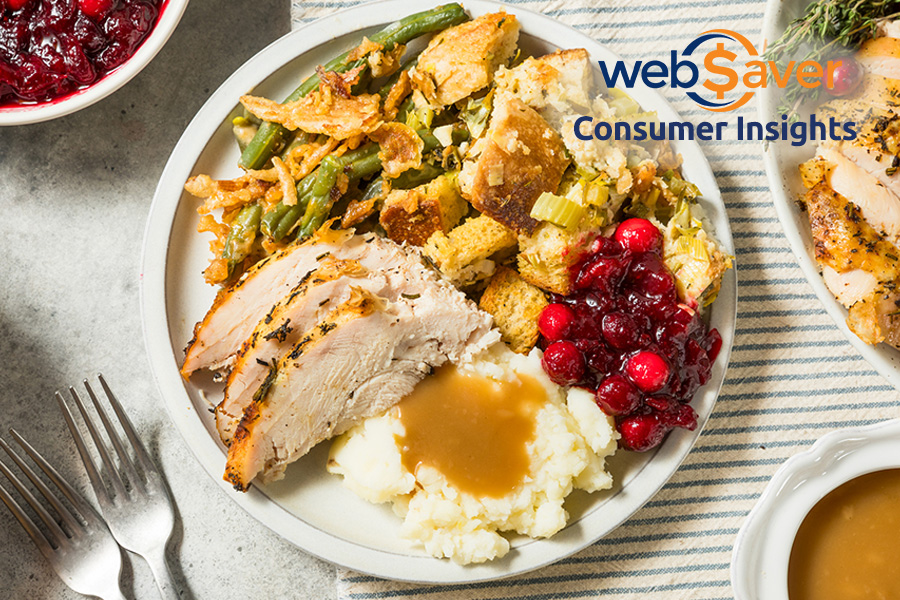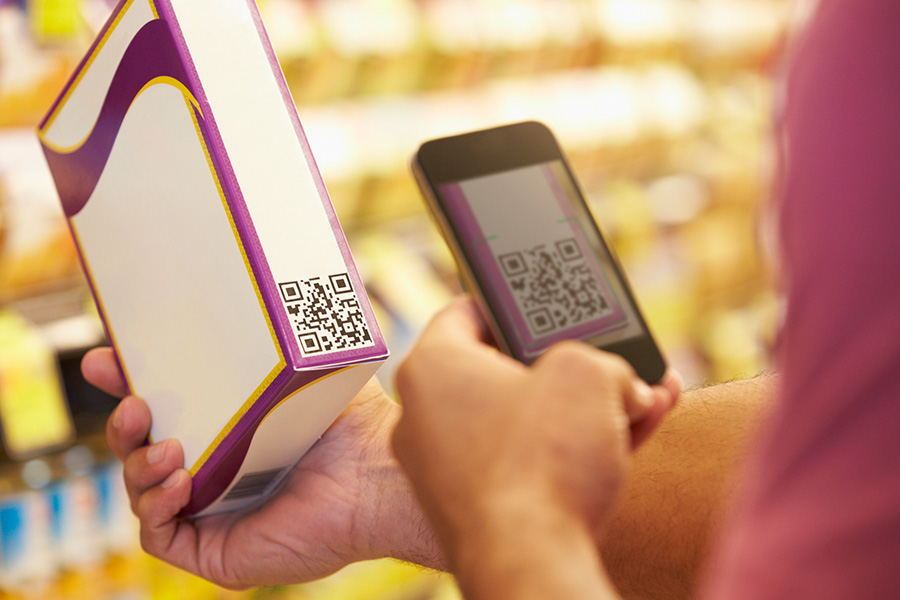by webSaver
January 10, 2024
Share

After an unprecedented period of soaring food inflation in Canada with official rates of 10.3% in 2022 and 5.9% in 2023 – although a significant number of Canadians believe the true rate of food inflation to have been much higher and caused primarily by price gouging on the part of the highly concentrated Canadian grocery chains – the 2024 edition of Canada’s Food Report is estimating that Canadian food prices will increase at a rate of 2.5% to 4.5%, which would indicate the continuation of the lowering inflation trend that was observed throughout 2023.
These prognostications have a significant impact on Consumer Packaged Goods brands that in recent years have been operating in a volatile Canadian grocery industry environment with changing consumer behaviours and preferences, constrained supply chains and a highly concentrated grocery retailer industry.
Canada’s Food Price Report 2024 is an annual collaboration of Dalhousie University, the University of Guelph, the University of British Columbia, and the University of Saskatchewan, the effort is led by Dr. Sylvain Charlebois of Dalhousie University. The report has proven useful by identifying important trends in the Canadian food industry as well as providing fairly accurate forecasts and insights into the Canadian grocery consumer.
Some key findings from the 2024 report include:
- The Report anticipates that the typical Canadian family of four is expected to allocate $16,297.20 for food expenses in 2024, reflecting a rise of $701.79 compared to 2023.
- The food categories with the highest expected increases are bakery products, meat, and vegetables ranging from five to seven percent.
- Factors including continued inflation, as well as labour costs, climate change and energy costs are poised to continue as catalysts for increases in food prices throughout 2024.
- Key drivers affecting food prices also encompass proposed and existing government policies and regulations. These include the Grocery Competition in Canada Bill C-56, initiatives targeting reductions in plastic packaging within the food sector, the interest rate environment, geopolitical tensions, and constraints to household budgets – due to cost of rent, utilities, rising debt and other factors.
- In spite of the inflationary trends of 2023, Canadians actually reduced their food expenditure during the year on a per capita basis.
- Grocery industry data reveals a decline in monthly per capita spend from $261.24 in August 2022 to $252.89 in August 2023. The implication is that Canadians decreased their grocery expenditure either by lowering the quantity or quality of the food they purchased – or both – and by opting for less expensive alternatives. This is a consumer trend we’ve covered in our Blog that is still in effect.
If you would like to access the full Canada’s Food Price Report 2024 report please do so here.
For food brands and consumer packaged good brands (CPG Brands) this volatile grocery environment represents both a challenge and an opportunity.
Grocery consumers have demonstrably changed their grocery shopping habits in the past 2 to 3 years due to the soaring food inflation, and they are actively seeking ways to save money on their favourite brands and other products to the extent that 75% of Canadians are now using grocery coupons and 86.4% describe themselves as price conscious. As a result consumers have been more open to trying new products, brands and meal options than ever before.
Savvy consumer brands that understand this dynamic have been using online coupons and cashback offers to entice strapped consumers to try their brands, a conversion event that is more difficult to accomplish in ‘normal’ times when consumers like to stick with their preferred brands.
Canadian grocery consumers are now more open to consider the value propositions of different food brands than ever before and if provided with an opportunity to save money will give new brands, products and meal alternatives a try, including even food delivery and meal replacement services.
At the very least CPG Brands have to remain active in the marketplace and provide consumers with some opportunities to save money in the form of online coupons, cashback offers or other promotional efforts, to protect market share, keep consumers engaged and to retain customers that are presently more open to the communications of competing brands.
With over 10 years leading the Canadian online coupons marketplace and 150 Million coupon issued we know coupons. We’ve worked with 90% of Canada’s leading consumer packaged goods brands providing them with the online coupons and cashback offer solutions that generate real value for their business. Whether your strategic objective is customer acquisition, customer lift (Increased transaction size and frequency) or customer retention webSaver can help.




